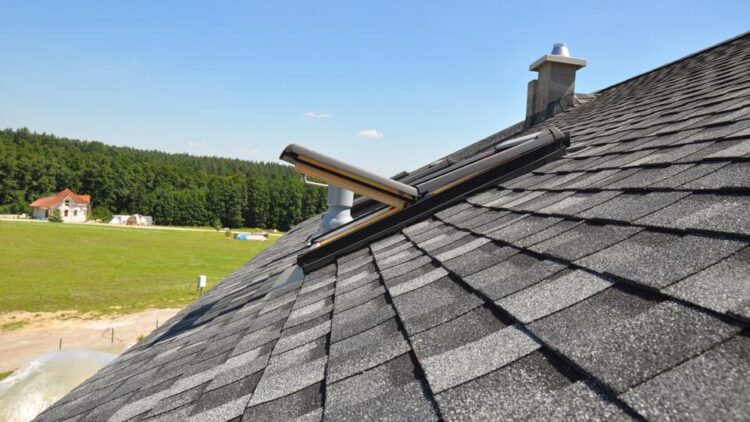Over the years, India has emerged as one of the fastest-growing economies globally. That has contributed to an exponential rise in urbanization, with more people residing in densely populated neighborhoods. With this change, there is also an increased need for roofs that make homes comfortable and adequately protected from inclement weather conditions. For your house or office to maintain its temperature throughout summers or winters, you will need a roof of insulation materials such as bitumen felt, tar paper, or asphalt shingles. Here is a list of the 10 best roofing materials for the Indian climate:
Table of Contents
1. Terracotta roofing
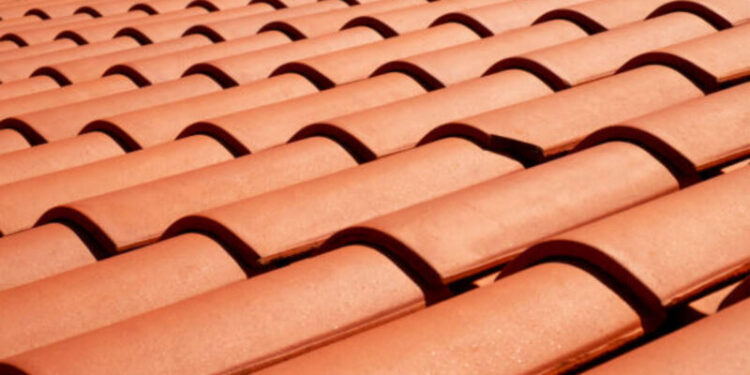
Source: raicoroofing.ca
It is ideal for the Indian climate because terracotta tiles are resistant to natural disasters and are not vulnerable to extreme weather conditions like landslides or storms. Maintaining terracotta tiles is also easy as they do not attract insects or accumulate moss growth which means that they do not require any maintenance whatsoever.
Since terracotta tiles are inexpensive, only the most cost-conscious Indian homeowners would consider a slate or metal roof as an option.
Terracotta panels are also available in various sizes, making it easy to find the perfect fit for any home. Even if natural disasters were to occur in India or worldwide, terracotta tiles are resilient enough to withstand the harsh weather. They will not be destroyed by water, wind, or earthquakes.
2. Reflective metal roofing
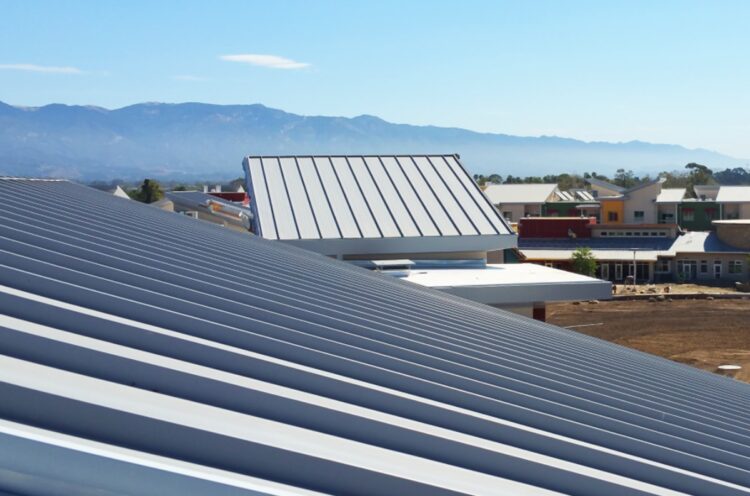
Source: sheffieldmetals.com
Reflective metal roofing materials are ideal for the Indian climate- since they help lower the temperature of the building that they are on. The reflective nature of these materials keeps out the heat, which helps in heating a room inside and also helps in cooling down a room. They also reflect sunlight, reducing the need for artificial lighting and cutting down on electricity bills. The other positive aspect is that it reduces damage from solar radiation and weather conditions like hail storms! They come in all shapes and sizes- rectangular, curved, or elliptical designs are available for different purposes. The most critical aspect that you should consider when choosing one is how much space your roofing project will require and how thick it needs to be.
3. Foam Tiles
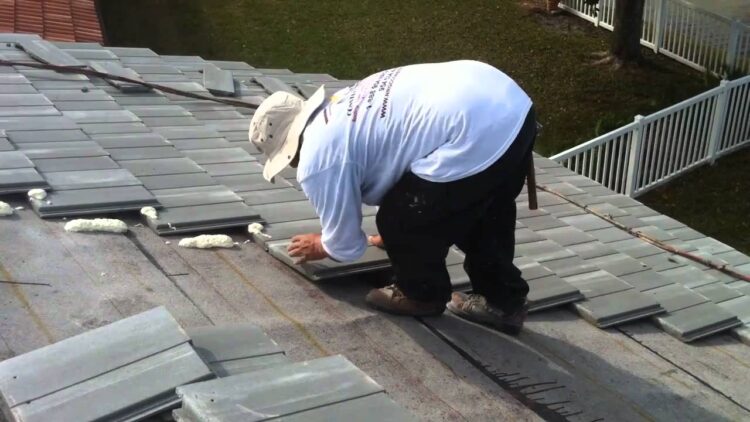
Source: youtube.com
Foam tiles are lightweight and airy roofs made of polyurethane which makes them cost-effective. They are manufactured in sheets and panels, thus making them easily available for most people in all regions of India. However, the disadvantage of these roofs is that they do not allow sound transmission between the rooms but rather absorb sounds within the house. This causes a noise-free environment in your house, and most Indians believe it gets less hot during heat waves in the summer. In addition to this feature, it is relatively easy to install roofing material, requiring a minimal level of skill.
4. Slate roofing
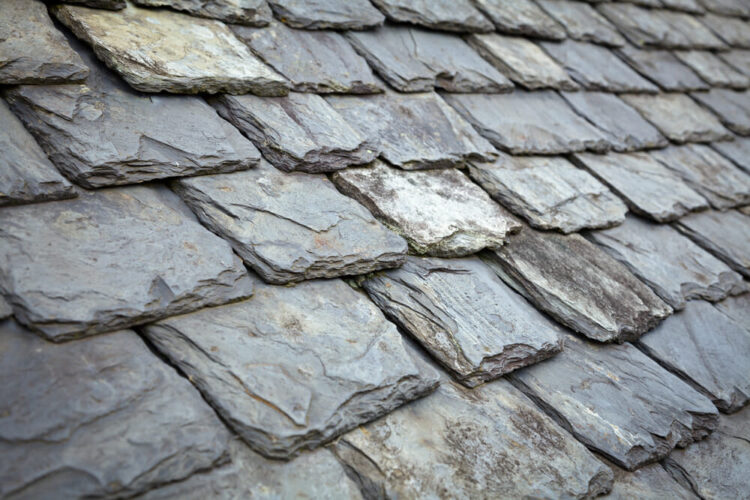
Source: modernize.com
Slate provides excellent insulation for climates prone to high heat and high humidity levels due to its porous nature, which helps create an environment that is simultaneously cool in summer and warm in winter. This natural quality also prevents condensation from occurring on windows below it. It is also extremely sturdy to withstand heavy rains and strong winds without any trouble. Furthermore, slate roofing has a long service life – up to 50 years. That means homeowners will not have to repair or replace their roofs as often, reducing the cost of maintenance in the long run.
Another critical feature of slate is that it is both fire- and rust-resistant, making it easier to maintain than other types of material. And while high-quality slate tiles are expensive at first, they pay for themselves over time due to far lower maintenance costs.
5. Asphalt Shingles
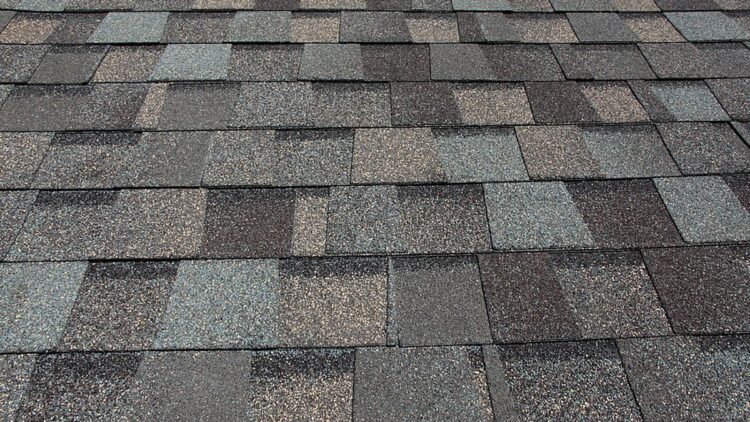
Source: thespruce.com
It is no surprise that asphalt roofing shingles have become increasingly popular in the Indian market. Aside from being eco-friendly and easy to install, these roofing materials are affordable and can be installed by anyone since they require no special skills or training. They are also lightweight, making them easy to lift and put on top of your home. There is no need for special tools either as everything you will need will come with the package, so you do not have to buy anything extra.
Further, asphalt shingles are attractive because they are generally resistant to extreme weather conditions, like wind, hail, and even heavy rains. That makes them ideal for places like the Indian subcontinent, which regularly experiences hot and humid weather conditions. According to manufacturers, asphalt shingles can also withstand these elements effectively, withstanding up to 50 years of wind exposure. Due to that, several brands have opted to sell asphalt shingles, and as a potential buyer, you might be confused in determining the ideal sellers. However, Technonicol is one of the most popular brands from which you can buy your roofing shingles.
6. Overlays and Radiant Barriers
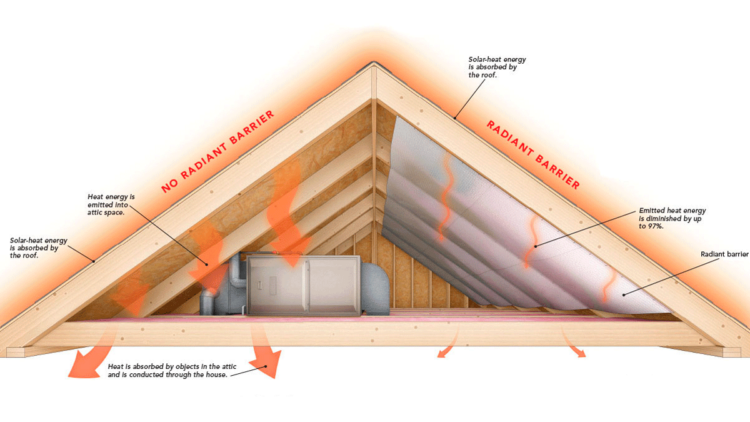
Source: finehomebuilding.com
The west Indian climate is hot and often wet. The high humidity can condense on the roof and make it a breeding ground for mold, mildew, and fungus. Overlays are thin vinyl membranes applied to the roof to create a barrier between the roof decking and metal roofing. This separation creates an air space that provides an ideal environment for airflow, cooling down your attic to provide greater comfort on these hot days.
An overlay is also an effective barrier against water leakage due to its lightness in weight and ease of installation. It is approximately 1/4 inch thick, which makes it easy for people with impaired balance or lighter weights like seniors or children to install them easily by themselves.
Overlays are affordable and available in various colors to work with existing styles or to create statements in your home. They can also be easily custom-cut to fit as appropriate on your existing home or even your new construction project. They are corrosion-free for up to 20 years, making them durable for long-term exposure to the environment.
7. Green/Living roofs
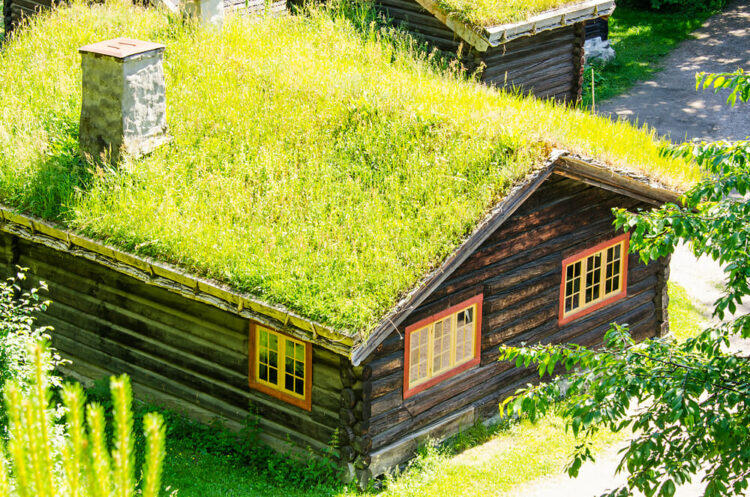
Source: modernize.com
Living roofs are planted with plants, either as a ground cover or in a growing medium. It functions by absorbing and emitting oxygen, water vapor, carbon dioxide, heat energy, and sound. They also protect the building from extremes of heat during summer and cold during winter. Therefore, green roofs are ideal for the Indian climate because they reduce energy consumption. Ideally, a green rooftop can reduce up to 20% of the energy required for cooling by storing more heat during peak hours in the day for use at night when temperatures drop.
Research indicates that the urban heat island effect is the rise in temperature in metropolitan areas due to a large amount of construction and paved surfaces. A green roof absorbs heat energy and releases water vapor, both of which contribute to cloud cover, which reduces the intensity of light hitting the surface and thus reduces this phenomenon.
8. Membrane roofing
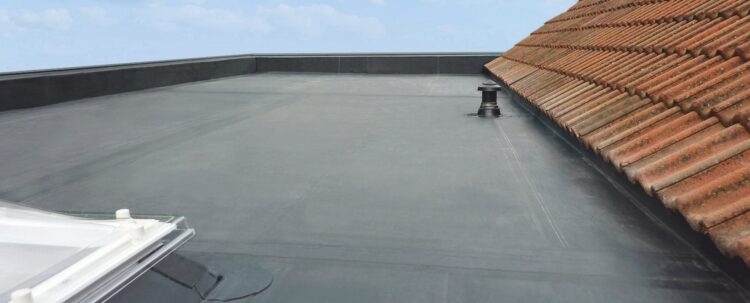
Source: jpfranklinroofing.co.nz
Membrane roofing is eco-friendly because it does not create harmful emissions during manufacturing. Its durability makes it suitable for most weather conditions, except for extremely cold winters and humid summers.
Most roofers use the Ethylene Propylene Diene Monomer for membrane roofing since it does not crack outdoors. This rubberized membrane can be installed with high precision as no joints are involved. This way, the leakages or cracks on the roof can be kept at bay for many years. Its life period ranges between 20 to 40 years, depending on neglect, improper use or installation, and other external factors.
9. Solar/Photovoltaic (PV) roof shingles
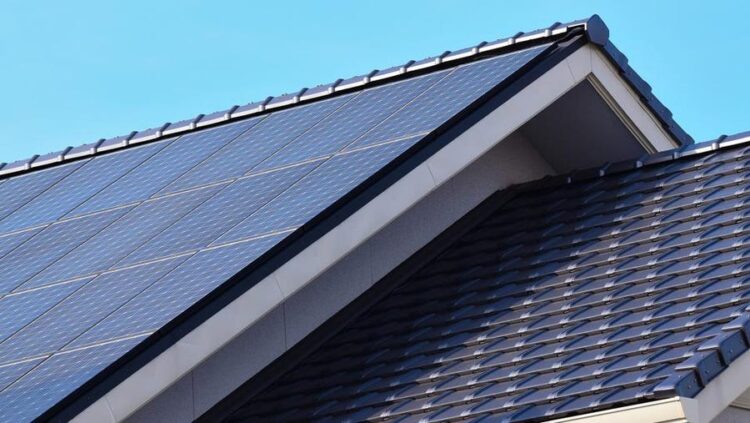
Source: forbes.com
When installed on a rooftop in all weather conditions, PV roof shingles have high energy performance ratings, and they can last up to 50 years with proper care. They also come in an extensive range of colors, so their exterior appearance will not clash with your building’s architecture or aesthetic preferences.
Photovoltaic roof shingles are polycrystalline silicon substrates that maintain their strength even after years of exposure to extreme weather conditions. They are fitted with robust construction, making them resistant to all types of weather. Even in hot, humid Indian climates where roofs can get hot during the summer months, photovoltaic roof shingles will stick to their jobs and protect your roof from sun damage or curling up under their weight.
10. Concrete Tile Roof
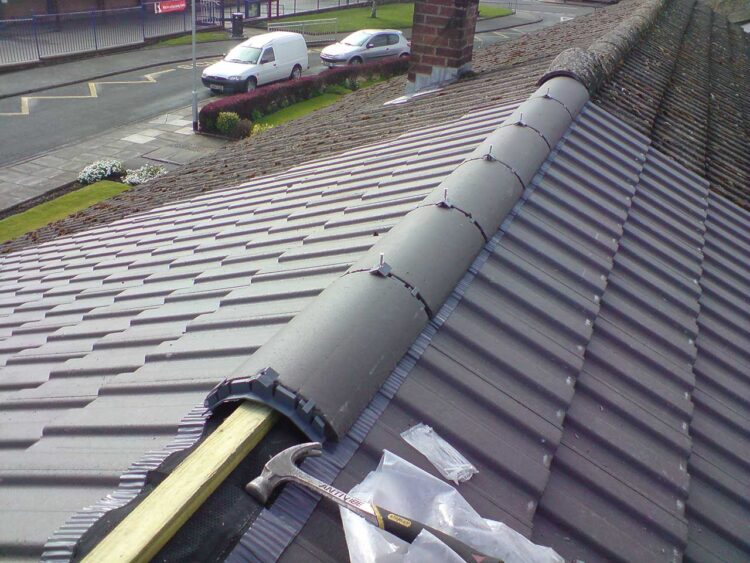
Source: modernize.com
ate s a popular choice for the tropical Indian climate. The tiles are made from concrete and coated with some cement substance, making them waterproof on top and resistant to saltwater on the sides. They can be long-lasting if they are correctly installed. This material is ideal for modern tropical houses with large balconies and terraces. The tiles themselves provide shade from the sun during hot days, but the walls of your home will be exposed to the sun, so you may need to install a solar collector for your home to remain cool in summer.
Quality roofing materials are essential for protecting your property from natural disasters. If you own a home in India, you should consider purchasing roofing materials that are durable and proven to endure even the harshest Indian climate. These roofing materials will also help your property maintain its maximum lifespan.

